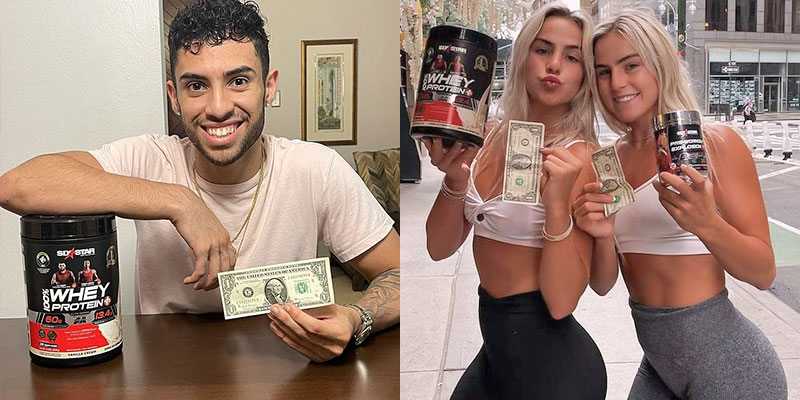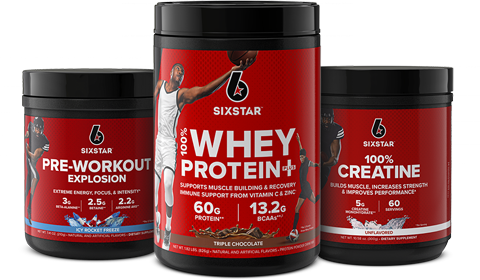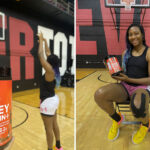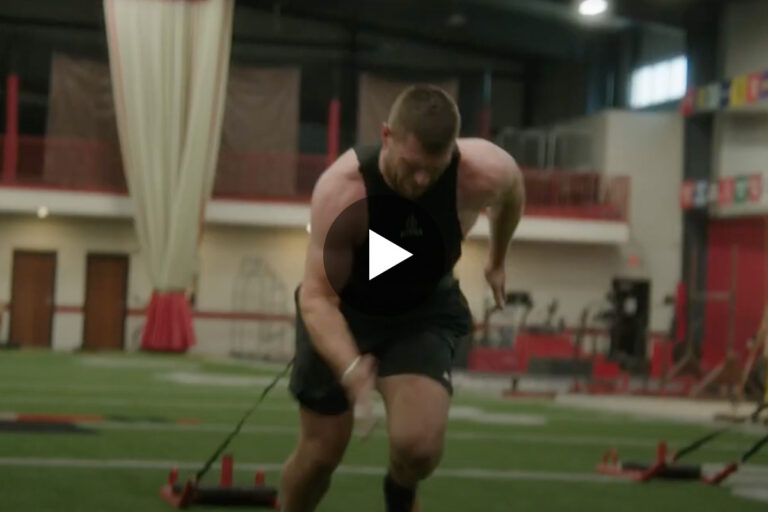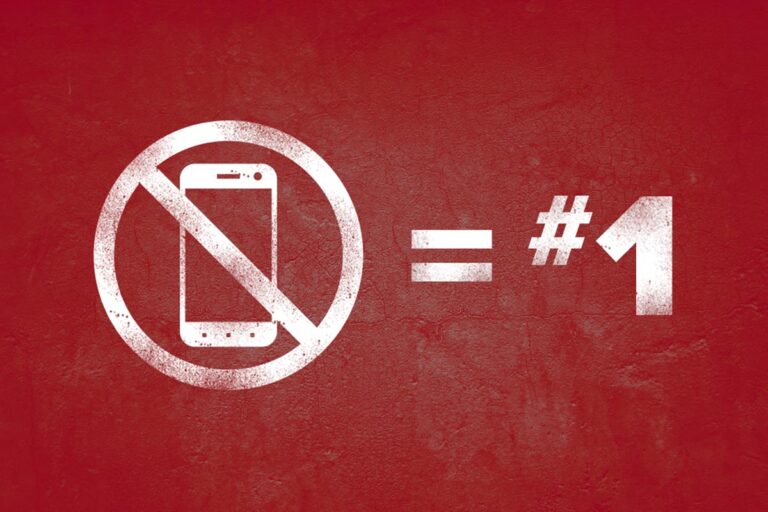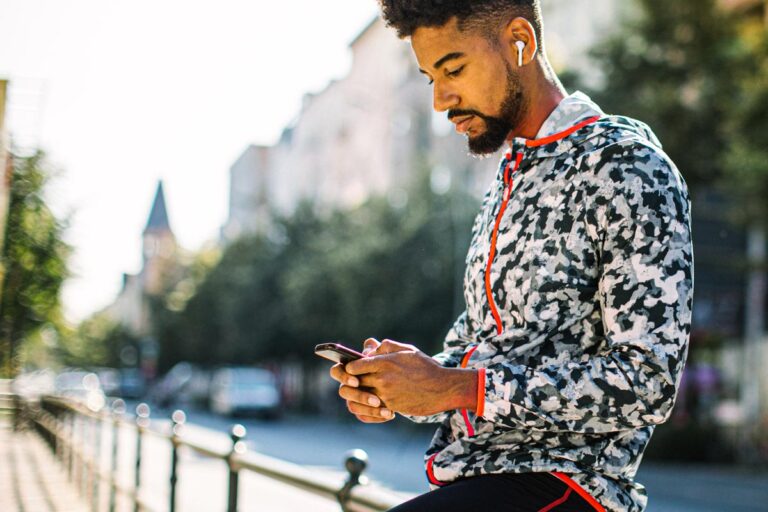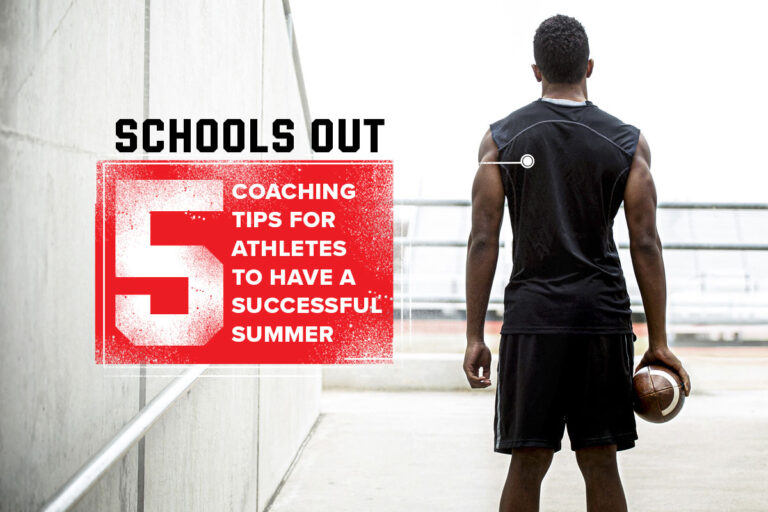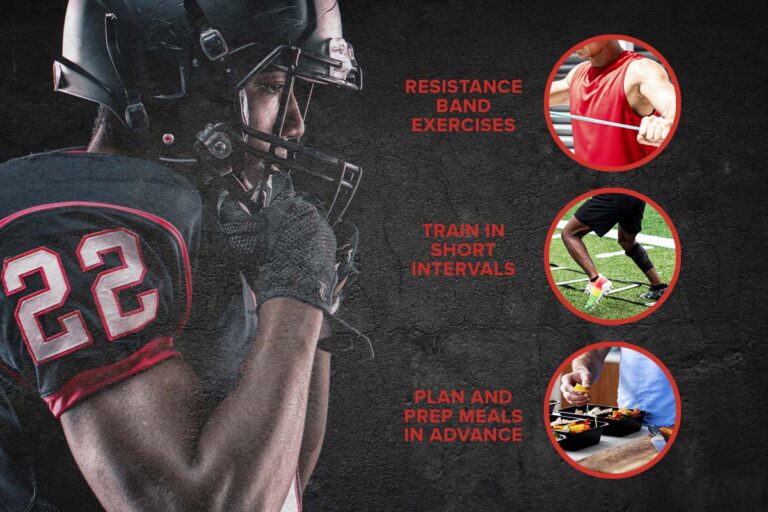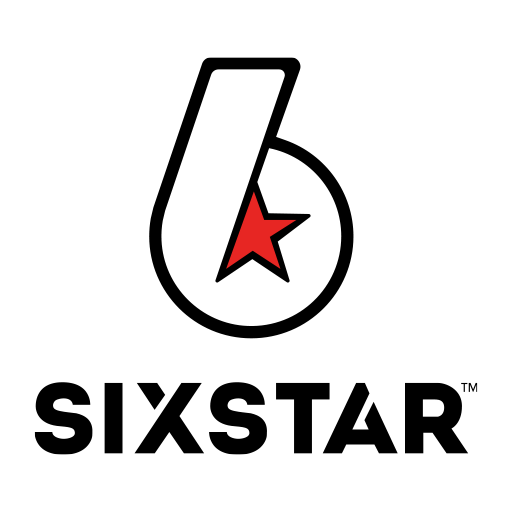As of Thursday, July 1, 2021, governance bodies in all three NCAA divisions adopted a uniform interim policy suspending NCAA name, image and likeness (NIL) rules for all incoming and current student-athletes in all sports. What does this mean for student-athletes? Well, for the first time ever, NCAA college athletes can now make money from a variety of business ventures without losing their eligibility.
Six Star Pro Nutrition, an advocate for “Shaking Up” college sports with name, image and likeness rights for student-athletes, made headlines when it became one of the first companies to sign deals with three college athletes as soon as the new NIL rules went into effect on July 1st. The leading maker of scientifically formulated premium supplements signed Fresno State women’s basketball players and sisters, Haley and Hanna Cavinder, and Illinois men’s basketball player Edgar Padilla Jr.
So, now that the wheels are already in motion in several states, let’s take a look at everything that you need to know about NIL rights.
What Does Name, Image and Likeness Mean?
“Name, image and likeness” are three elements that make up a legal concept known as “right of publicity.” Right of publicity involves situations where permission is required to use a person’s name, image or likeness.
“The right of publicity prevents the unauthorized commercial use of an individual’s name, likeness, or other recognizable aspects of one’s persona,” according to Cornell Law School. “It gives an individual the exclusive right to license the use of their identity for commercial promotion.”
Just keep in mind, right of publicity involves situations where permission is required to use a person’s NIL. Therefore, a media outlet like a newspaper doesn’t need permission to publish a photo of an athlete playing in a game because the legal copyright belongs to the photographer who captures the photo, not the athlete in the photo. So, while it’s cool to see your photo in the paper, you’re unfortunately not entitled to any money from it as part of the NCAA’s new NIL policy.
What Were The Old NCAA NIL Rules?
In the past, NCAA NIL regulations prohibited student-athletes from earning money using their name, image and likeness under the concept of “amateurism.” Previous NCAA NIL regulations on how student-athletes could use their name, image and likeness also used to vary among the three divisions.
Previously, Division I student-athletes were not allowed to promote or endorse a commercial product or service, even if they weren’t paid to participate in the activity. Meanwhile, student-athletes in Divisions II and III were able to participate and get paid in promotional activities such as promoting or endorsing commercial products or services as long as they weren’t related to athletics, and the individual’s payment wasn’t based on his or her involvement in athletics.
The only exceptions for student-athletes (in all divisions) when it came to using their name, image or likeness was if it was for promotional activities for charitable, educational, or nonprofit promotions; media activities; national governing body promotions; and camp and congratulatory advertisements.
What Are The New NIL Rules?
The new NCAA interim name, image and likeness policy allows NCAA college athletes to benefit from their name, image and likeness. The new NIL rules allow student-athletes to make money by monetizing their social media accounts, signing autographs, teaching camps or lessons, starting their own businesses, and by participating in advertising campaigns. So, if a college athlete wants to create their own clothing line or their own shoe brand, they can now go ahead and do just that, as long as they report it properly to their school. Student-athletes are also allowed to sign with agents or other representatives to help them get endorsement deals.
“This is an important day for college athletes since they all are now able to take advantage of name, image and likeness opportunities,” said NCAA President Mark Emmert. “With the variety of state laws adopted across the country, we will continue to work with Congress to develop a solution that will provide clarity on a national level. The current environment – both legal and legislative – prevents us from providing a more permanent solution and the level of detail student-athletes deserve.”
In addition to the NCAA’s new interim policy, 24 states have passed laws governing compensation in regard to student-athletes’ NIL. However, NCAA rules still prevent schools from paying players directly. Therefore, a school can’t give an athlete a signing bonus to persuade them to attend their school.
The NCAA’s interim NIL policy states: “While opening NIL activities to student-athletes, the policy leaves in place the commitment to avoid pay-for-play and improper inducements tied to choosing to attend a particular school. Those prohibitions would remain in effect.”
What Do College Athletes and Recruits Need To Know About The New NIL Policy?
The NCAA has stated that student-athletes can engage in NIL activities that are consistent with the law of the state where the school is located. Any schools that are located in states that have a NIL law on the books are instructed to follow state law when it comes to determining what their athletes can and cannot do. Therefore, some opportunities for student-athletes will be restricted, but the restrictions will be based on state laws and policies created by individual schools. For example, Mississippi’s state NIL law restricts recruits from entering into NIL deals, while the state of Texas prohibits athletes from striking deals with a number of industries, including gambling, alcohol, and drugs. Alabama’s NIL law requires approval from the school first.
The NCAA has also said that college athletes who attend a school in a state without a NIL law can engage in this type of activity without violating NCAA rules related to name, image, and likeness. They can also use a professional services provider for NIL activities.
One thing that all student-athletes need to be aware of is that they must report NIL activities consistent with state law or school and conference requirements to their school. There are also some laws in place that might prevent athletes from using their school’s logos or other copyright materials in endorsements. So, before you go ahead and make any NIL deals, it’s important to know exactly what you can and can’t do.
NIL Opportunities For Student-Athletes
Most student-athletes’ NIL compensation will likely come through social media and be set up by digital marketplaces. These digital marketplaces have the ability to match players with brands, which will make it easier for student-athletes to strike deals. It’s believed that some of the NCAA’s best athletes and those with a large social media following can reach six-figures annually.
Football and basketball players stand to benefit the most from NIL opportunities thanks to the massive audiences that their sports attract, but athletes in other sports have the potential to earn similar profits. One study found that female athletes can reach a broader audience on social media. In fact, during this year’s March Madness, eight of the 10 most-followed basketball players in the Elite Eight were women. So, the compensation for many student-athletes will likely depend on how much effort they put into building their social media brand.
The Cavinder sisters, who signed on to be part of Six Star’s “My First Dollar” athlete influencer campaign, have built up a massive following on social media. Haley, the Mountain West player of the year, currently has over 262,000 followers on Instagram, while Hanna, a Mountain West all-conference pick, has just under 260,000 followers to date.
“Name, Image and Likeness rights offer financial opportunities for any student-athlete ambitious enough to dream big, build an audience, and market themselves,” said Jarrod Jordan, the Chief Marketing Officer for Iovate Health Sciences International, the parent company of Six Star. “We also urge and implore states to explore simple, pragmatic solutions that benefit student athletes and the brands who covet working with them (like Six Star Pro Nutrition). This moment has been a long time coming for collegiate athletics and continued bureaucratic red tape in several states will only hinder student athletes from earning a share of the financial pie that is rightfully theirs.”
Each social media follower is worth about 80 cents in annual compensation, according to one advertising standard. However, that number will likely fluctuate based on an influencer’s interactions with their followers, and also how often they post.
How Does NIL Affect High School Athletes?
It’s a bit complicated when it comes to high school athletes and what they’re allowed to do regarding their NIL. That’s because, unlike college athletes and prospective student-athletes (or recruits), high school athletes who want to take advantage of their NIL will have to navigate both state laws and state high school athletic associations.
The state of Texas, for example, specifically prohibits high school athletes from monetizing their NIL. On the other hand, high school athletes in the state of California can profit from their NIL, as long as they don’t utilize their high school’s name or marks, according to the California Interscholastic Federation.
Therefore, high school athletes have to be extremely careful when it comes to their NIL, especially for the time being, as some state high school athletic associations may prohibit high school athletes from using their NIL if they want to remain eligible. So, if you’re an elite high school athlete right now, hold tight until more guidance becomes available.
